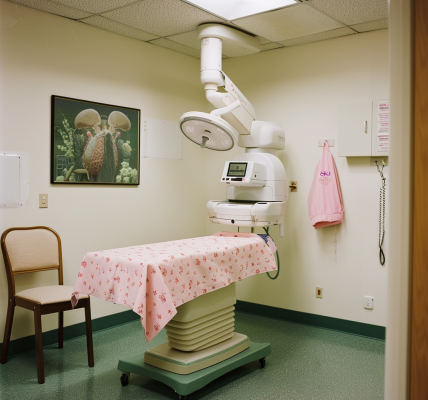The American Gastroenterological Association (AGA) has released a new evidence-based Clinical Practice Guideline on Endoscopic Eradication Therapy of Barrett’s Esophagus and Related Neoplasia, providing updated recommendations for patients with Barrett’s esophagus, a precursor to esophageal cancer. Barrett’s esophagus is characterized by the presence of non-cancerous abnormal cells in the esophagus, which can progress to dysplasia and potentially cancer.
According to the guideline authored by Dr. Tarek Sawas from UT Southwestern, patients with high-grade dysplasia are recommended to undergo endoscopic therapy to remove pre-cancerous cells. However, for patients with low-grade dysplasia, the decision to remove or monitor the cells should be made collaboratively between doctors and patients after discussing the risks and benefits of treatment.
Endoscopic eradication therapy involves minimally invasive procedures like endoscopic mucosal resection (EMR) or endoscopic submucosal dissection (ESD), followed by ablation techniques. The guideline emphasizes that most patients can be safely treated with EMR, which carries a lower risk of adverse events compared to ESD.
AGA recommends reserving ESD for cases suspected of deeper cancer invasion or for patients who have not responded to EMR. It is crucial for patients with Barrett’s esophagus to be treated and monitored by experienced endoscopists and pathologists specializing in Barrett’s neoplasia.
The guideline underscores the importance of a patient-centered approach, where treatment decisions are tailored to individual preferences and values, in addition to medical evidence. Surveillance is considered a viable option for patients who prioritize minimizing harms over uncertain benefits related to esophageal cancer mortality reduction.
By providing updated guidance on the management of Barrett’s esophagus, the AGA aims to improve patient outcomes and ensure that treatment decisions are informed and personalized. Patients with Barrett’s esophagus are encouraged to consult with their healthcare providers to determine the most appropriate course of action based on their specific circumstances.





